
The Early People 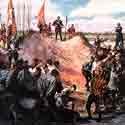
The Massacre of the French 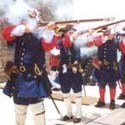
The founding of St. Augustine in 1565 began 235 years of Spanish control of Florida. The most significant factor of the First Spanish Period was the threat of the British in the Carolina and Georgia Colonies which led to the building of the Castillo de San Marcos in 1672-1695, and after two failed sieges by the British, the building of Fort Matanzas in 1740-1742 to guard the southern approaches to the city. Read More. . . 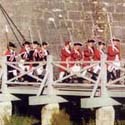
During the Seven Years War (French and Indian War), the British captured Spanish Cuba and the Philippines. In order to get these valuable colonies back, Spain was forced to give up Florida. England held Florida for a mere twenty years, however. At the end of the American Revolution, the Second Treaty of Paris returned Florida to Spain. Read More . . . 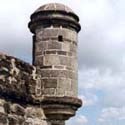
Spain's aid to the American colonies during the Revolutionary War was to be her last act as a great power. By 1800 Spain's fortune was waning. There was little money to maintain her Florida colony, let alone the outpost fort at Matanzas. Erosion and rainwater took their toll. Fort Matanzas was already in poor condition by 1821 when Florida was purchased by the United States through the Adams-Onís Treaty. Read More . . . 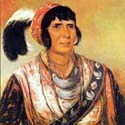
The American Period (1821 to the Present) 
NPS An account of events described in the Officer’s Logs of Fort MatanzasMany know the story of why Fort Matanzas was constructed. What most don’t realize is the men at this outpost had much more going on. The records are limited, but documentation from the 2ndSpanish period (1784-1821) list many accounts of Matanzas soldiers patrolling the beaches, assisting victims of various shipwrecks on the Florida coast and dealing with pirates and fugitives on the beaches as well. Listed here are brief summaries of some of these logs. Evidence in the Officer’s logs of Fort Matanzas also show that the fort did indeed fire more than one shot throughout its military service. 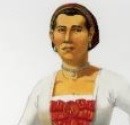
Women's History in St. AugustineExplore the stories of women who were mothers, wives, business owners, activists, and more. |
Last updated: July 1, 2020
